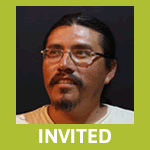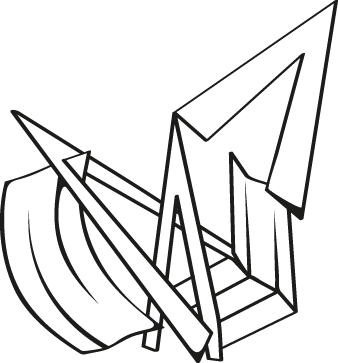|
Contests
• III International Symposium of Sculpture at Escuela del Mármol de Fines, Almería, España, 1999.
• III International Symposium of Granite Sculpture, Miralflores, Perú, 2003.
• National Contest of Sculpture CADE, Luis Hoschschild Plaut Award, 2006/2007.
• Thompson International Contest of Public Sculpture, Okanaga, British Columbia, Canada, 2002.
Prizes
• 1996 1st Prize, III National Sculpture Hall, North American Cultural Institute, Lima, Peru.
• 1997 Second Prize and Silver Medal, III International Biennial of Lima, National Fine Arts School Peru.
• 2002 Prize in Public Sculpture, International Competition Okanagan Thompson International Sculpture Symposium, OTISS , British Columbia / Canada.
• 2003 Third Prize , III International Granite Sculpture Symposium, Lima / Peru.
• 2003 1st Prize, Sculpture Competition of the Ministry of Education. Sculpture Design for Youth Award. Lima, Peru.
• 2006 1st Prize, National Sculpture Competition VIII Award CADE Luis Hochschild Plaut.
• 2007 1st Prize, National Sculpture Competition IX Award CADE Luis Hochschild Plaut.
• 2008 Honorable Mention , I Contest Prize Peter & Adriana Hobart for public sculpture , Lima / Peru.
• 2013 First Prize , III Contest Prize Peter & Adriana Hobart / San Miguel , for public sculpture , Lima / Peru.
• 2013 First Prize , XV National Sculpture Competition CADE Luis Hochschild Plaut.
Technique
Stainless steel.
Message of the project
La vivencia de contemplar que en cada lugar y tiempo vivía a través del arte algo que era imagen de un orden superior que marcaba los cambios e impulsaba al futuro a los hombres. La presente obra es manifestación del interés por mostrar estas fuerzas activas, a través de formas desplegadas en el espacio, las cualidades expresivas del acero inoxidable y con las técnicas constructivas del metal. Formas geométricas que se elevan como aspiración de la materia al espíritu.
|






